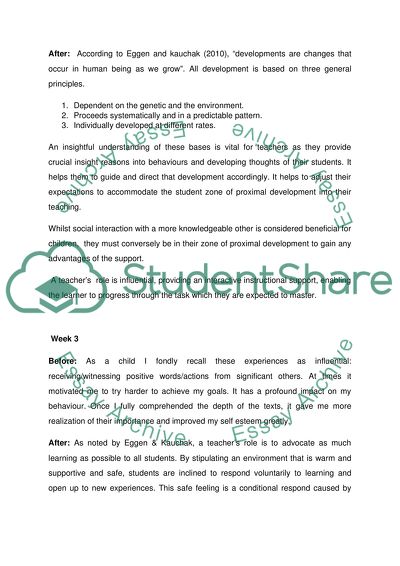Cite this document
(“Learner motivation and developing self-esteem. Becoming a teacher: Assignment”, n.d.)
Retrieved from https://studentshare.org/education/1428993-weekly-journals
Retrieved from https://studentshare.org/education/1428993-weekly-journals
(Learner Motivation and Developing Self-Esteem. Becoming a Teacher: Assignment)
https://studentshare.org/education/1428993-weekly-journals.
https://studentshare.org/education/1428993-weekly-journals.
“Learner Motivation and Developing Self-Esteem. Becoming a Teacher: Assignment”, n.d. https://studentshare.org/education/1428993-weekly-journals.


